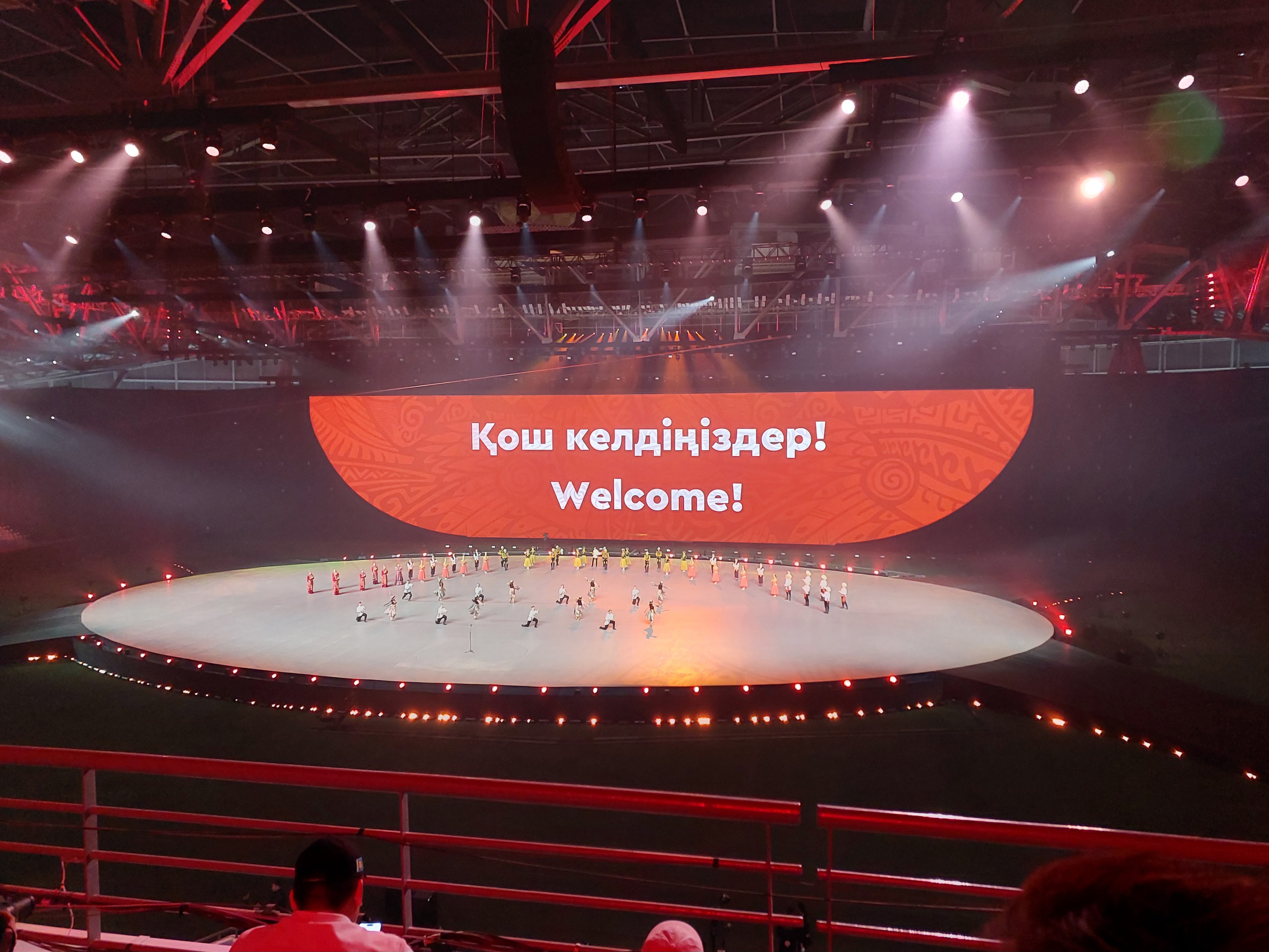Central Asia is made up of five countries that were all formerly part of the Soviet Union. Each country has its official language – Kazakh in Kazakhstan, Uzbek in Uzbekistan, Tajik in Tajikistan, Turkmen in Turkmenistan and Kyrgyz in Kyrgyzstan.
Turkmen, Uzbek, Kazakh and Kyrgyz are all Turkic languages. Kazakh and Kyrgyz are from the Kipchak family of Turkish languages, while Uzbek is Karluk and Turkmen is Oghuz. Other Turkic languages around the world include Mongolian, Turkish and Azeri.
Tajik is the outlier and is actually a Persian language, sharing linguistic history with Iranians and Dari speaking Afghans.
Russian is the main means of inter-ethnic communication, owing to the Soviet heritage, and many Urban and higher educated individuals use Russian as their first language, despite not being ethnically Russian. Knowing some Russian will get you further in your Central Asian travels than trying to learn at least five different languages.
There are also dozens of minority languages spoken throughout Central Asia. This includes local languages such as Karakalpak (“where’s Karakalpakstan?” you might ask – in which case, check out this blog ), as well as languages brought in due to Russian and Soviet influences, such as Ukrainian, German, Georgian and Armenian.


